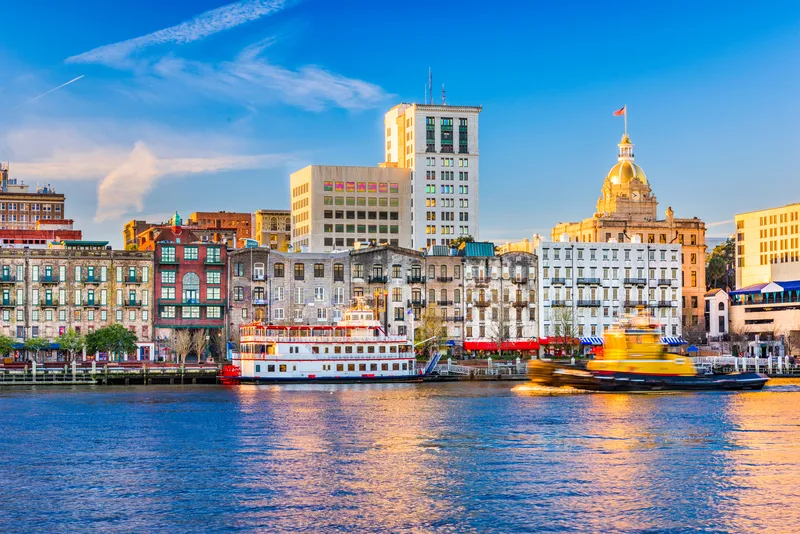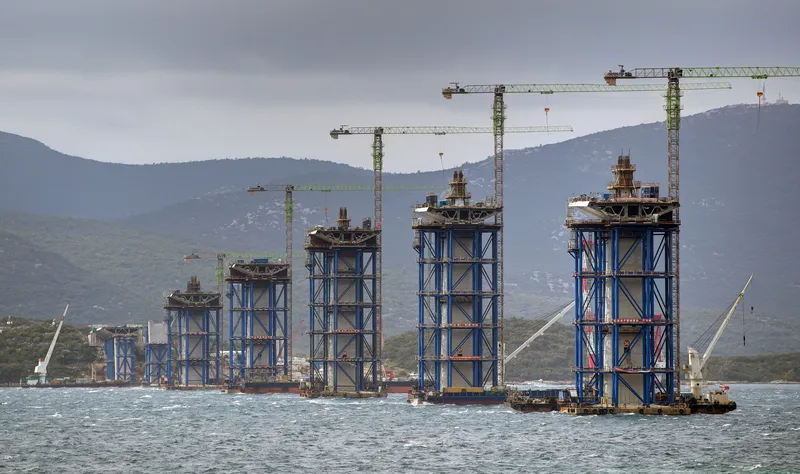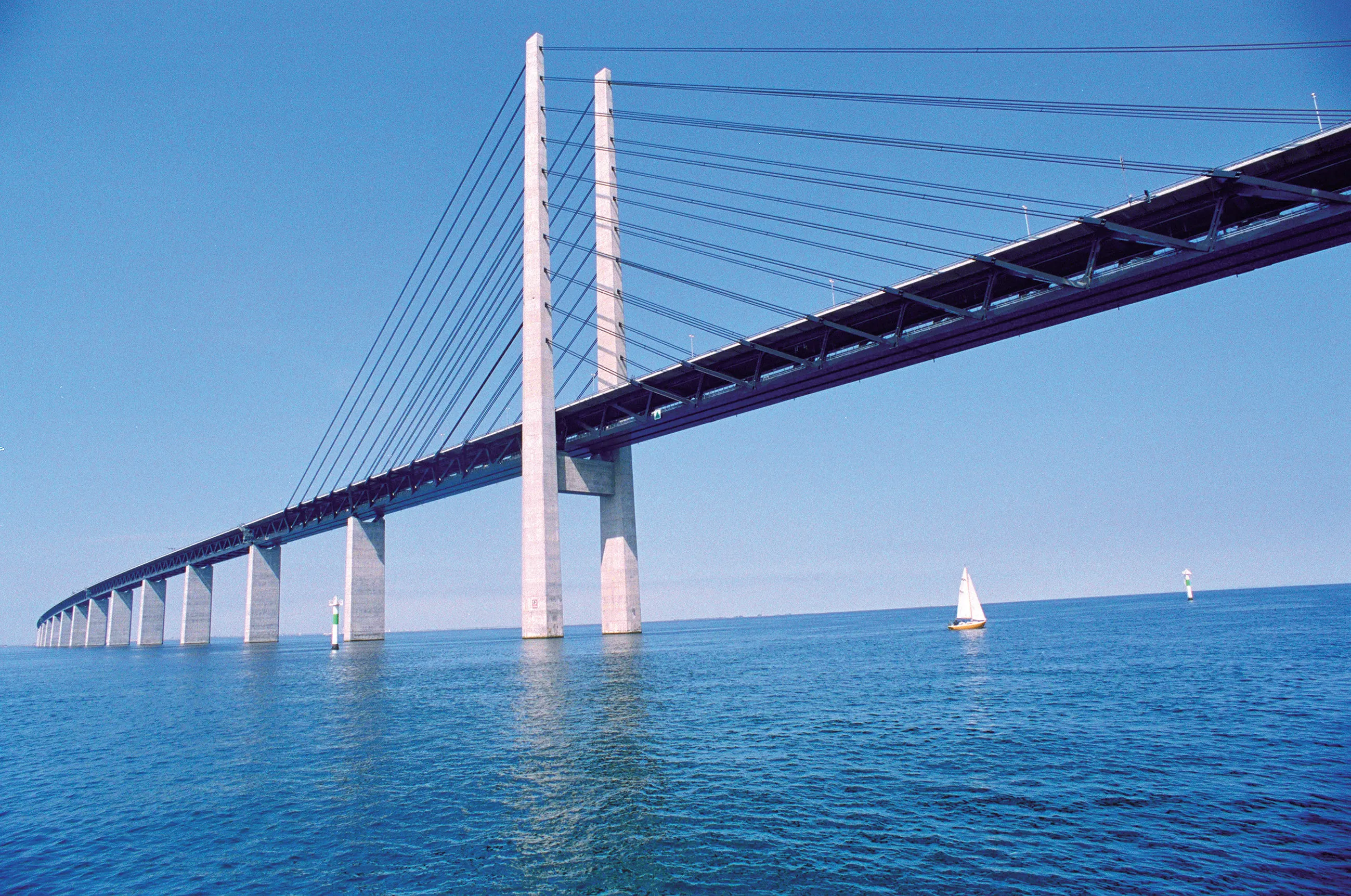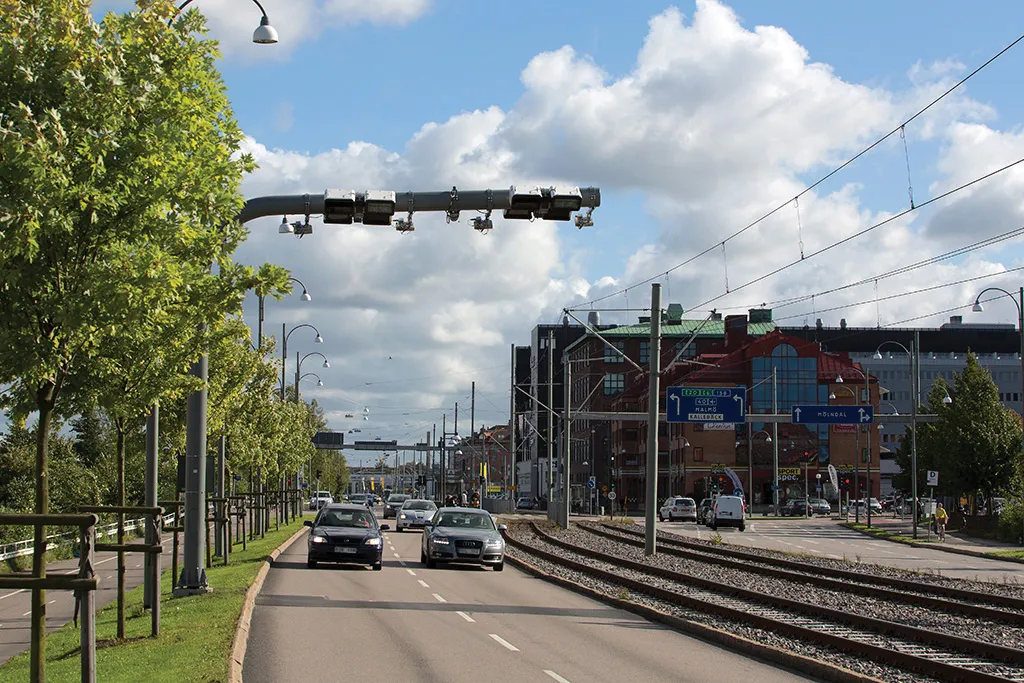
Proposals are being put forward for two alternative crossings for the Savannah River in Savannah, Georgia. The bridge option would cost an estimated $1.2 billion while the tunnel option would cost $2 billion.
The two options are being publicised by the Georgia Department of Transportation (GDOT), which has released maps of the two proposed alignment projects. Although various potential options were considered, the two most viable are either for a new tunnel or for the replacement of the existing bridge with one allowing greater clearance for shipping.
The current SR 404 Spur/US 17 Bridge is a cable-stayed structure and was designed in1987 and opened in 1991, allowing a 56.4m draft. However, this does not accommodate the world’s largest ships, even at reduced loads. This requires larger vessels to use the facility, the third busiest container port in the US, with a reduced load at low tide.
Unless there is a solution to replace the existing bridge, this could make the Port of Savannah less competitive compared to other ports that can accommodate larger ships, potentially resulting in adverse effects on the economy for Savannah and the state of Georgia according to GDOT.
The new bridge would allow a clearance of 70.5m, sufficient for larger vessels to access the busy port although it would feature a steeper gradient for drivers than at present. Meanwhile, the tunnel option would feature twine tubes, each carrying two traffic lanes, as well as emergency lanes for either bore.
There are issues to be considered, not the least of which will be the environmental impact of a new construction project. The environmental approvals are in process at present and a decision on which will be the best solution for the project is expected in the fourth quarter of 2025. Construction would likely take from 9-11 years to complete according to GDOT.
Residents are being invited to comment on their preferred option, with a form available on the GDOT website. Financing models for the project have yet to be revealed however.









